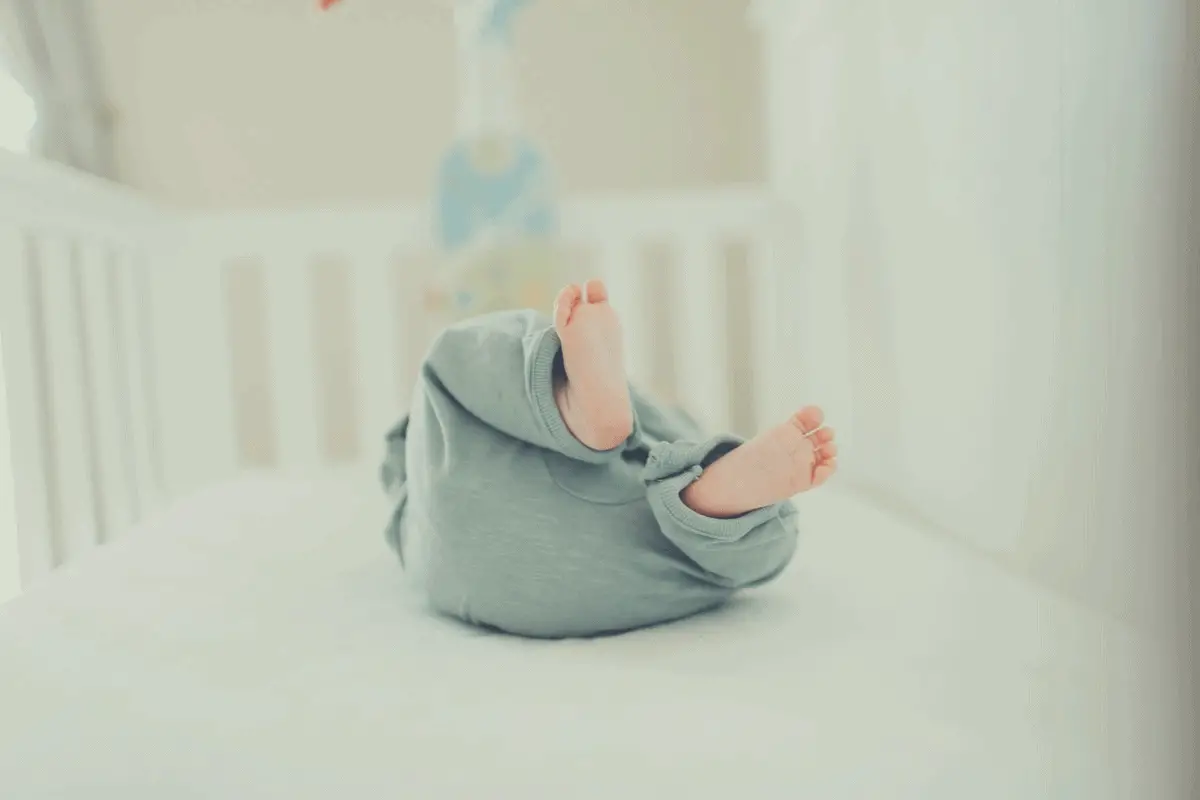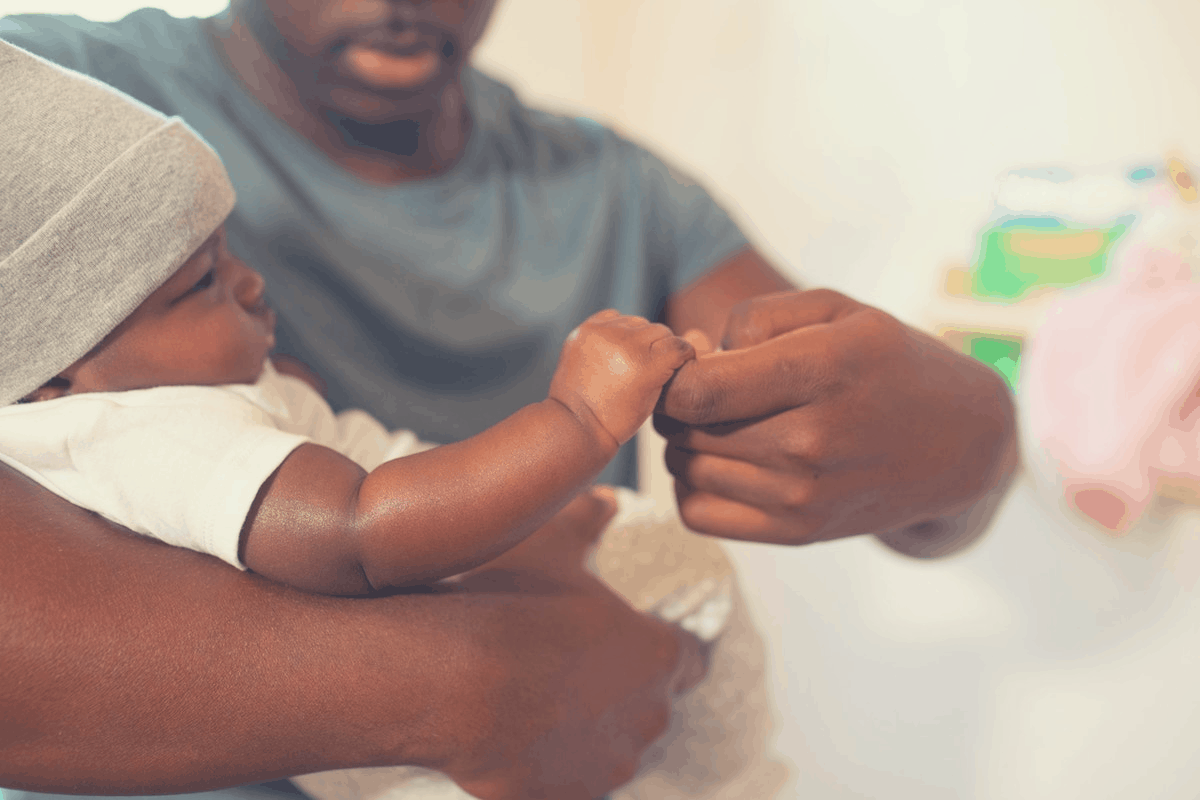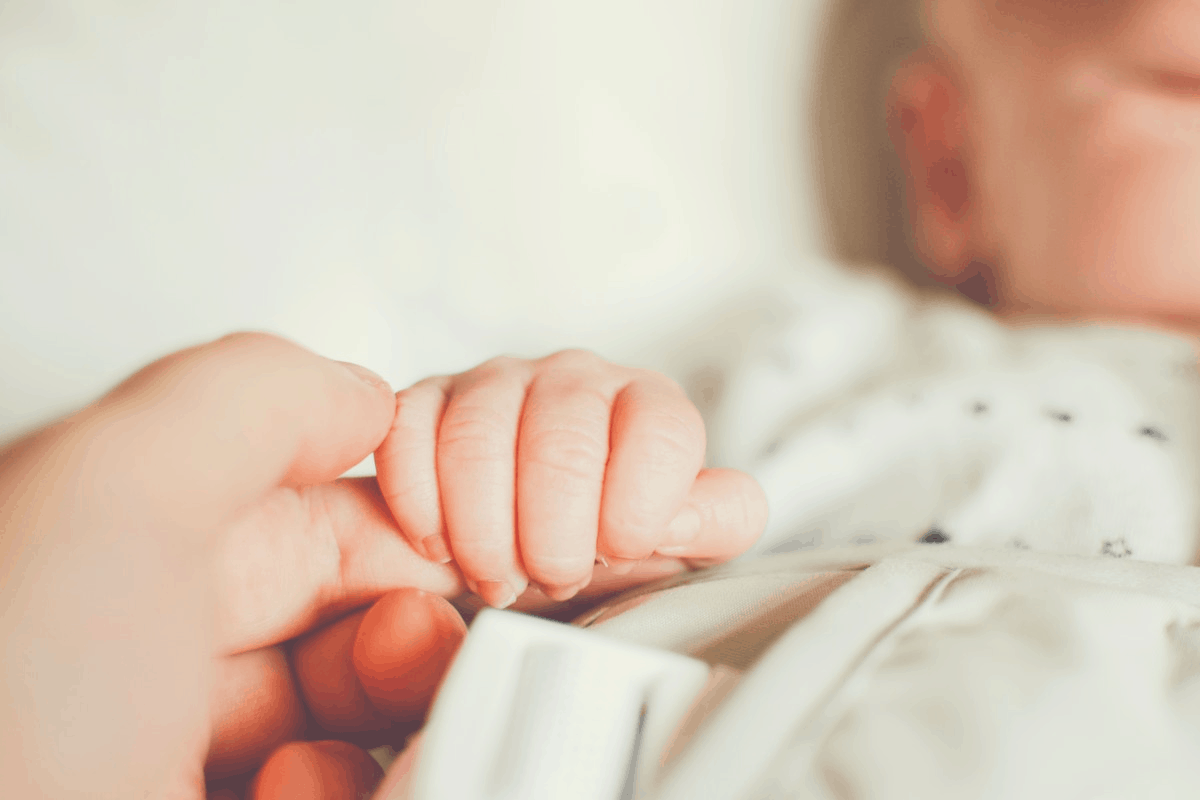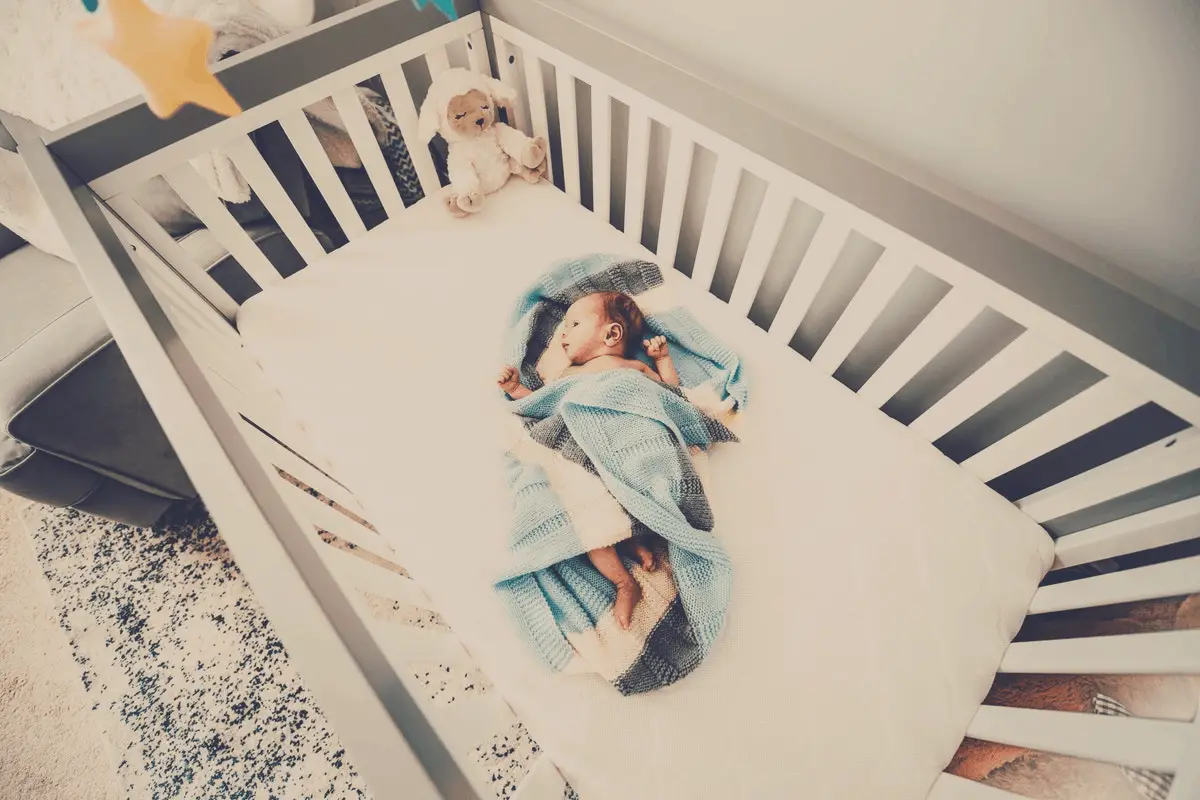Transitioning a baby from co-sleeping to a crib can be the stuff of nightmares for parents of newborns especially first-timers. Sure, it is natural for parents to share a bed with their adorable infants as it creates proximity for nursing and responding to the little one’s every whim in the middle of the night.
Since the majority of babies struggle to sleep continuously without issues, it makes a lot of sense that they sleep next to the mother or father during the infant stage. However, there comes a time when every parent has to make the painful decision of moving the baby into his bed.
Cribs can offer the perfect nighttime resting place for babies 12 months and older. However, it is up to each parent to decide the right time to do the transitioning because there’s no universal approach to follow.
How To Transition A Baby From Co-Sleeping
No matter how many kids you may have in the past, moving a baby to his bed never gets easy. Since each child is different, it takes a lot of skill to be able to do the transition as lovingly as possible.
Here are step by step instructions to increase the chances of success.
1. Transition During 12-18 Months
Each parent has the right to decide when to transition a baby. However, the majority report getting the best results between 12-18 months. Moving an infant to his bed cannot be an easy decision for anyone.
This is why many parents are tempted to wait until the baby is older before making the decision. However, this does not usually work as older children become much more clingy compared to those under 18 months.
Besides, the transition may also be harsher on kids who are older compared to the recommended age group.
2. Start On The Weekend
Timing is everything when transitioning a baby from co-sleeping to his crib. Getting this wrong can lead to lots of bumps at the beginning which may force you to abandon the whole process.
Many parents report getting the best results when they begin the transition on the weekend, preferably a Friday night. With a free Saturday and Sunday ahead, there’s enough time to get off on a good start.
Working mothers may also take a few days off to begin the transition process. With no work scheduled for those days, building up the right energy levels to integrate a new sleeping routine should take less of an emotional toll on both parents.
3. Naps In The Crib First

Parents fantasize about magically waking up to their babies sleeping soundly in the crib without putting in any effort. However, that only happens in the movies because in real life, transitioning to his crib takes a lot of patience and hard work.
The aim should always be to take baby steps and you can start by allowing the infant to take afternoon naps in the crib. Once he or she gets used to sleeping alone, the full transitioning can begin.
Going gung-ho by putting the baby in a crib overnight without prior practice can scare him or her off, leading to sleep disturbances and other problems.
4. Bring The Crib To The Bedroom Initially
Even if you have a separate bedroom lined up for the baby, bringing the crib to your bedroom at the initial phase of the transitioning can be the right move. With the baby already accustomed to sleeping in your bedroom, he should have an easier time adjusting to the solo sleeping experience.
Over time, the crib can be moved to the baby’s dedicated bedroom with little incident. Just be prepared for any flareups that may happen then however minimal it may be.
5. Your Body Scents Should Stay Close
Never underestimate the power of scents on babies during the transition. These adorable bundles of joy grow accustomed to the mother’s body scents during those months or years of sleeping together.
Taking him to a new environment without any of the familiar scents can be a rude awakening. Experienced moms recommend leaving a worn tee-shirt or shirt in the crib so the baby may sniff the scents and feel comforted knowing that you’re close.
It is an open secret that babies sleep much better when they can smell familiar scents. This trick is especially recommended when babies are transitioned to cribs located in a separate room.
6. Rapid Response
Offering a rapid response to the baby’s every whim during the night when sleep training in a new crib can be a smart move. Whether the crib is placed in your bedroom or a separate one, a quick response provides reassurance that you’re still there to offer comfort and security when necessary.
This could make it easier for babies to settle in the new sleeping environment which should speed up the sleep training process and increase the chances of success. Besides, being a source of quick support and comfort helps continue to strengthen the bond between parents and children.
7. Let Your Partner Lead The Transitioning

Are you struggling to train your baby to sleep in his cot? Why not let your partner lead the transitioning process? Sometimes, babies go back to sleep quicker and easier when another member of the household leads the process.
Remember, the unimaginable stress new mothers experience can take so much of a toll that their energy levels plummet considerably. Another person with relatively higher levels of energy may be able to do a better job picking up the baby, calming him down, and putting him back to sleep.
Besides, sometimes babies just need to smell and be in the arms of another person to gain comfort, and what better person than your partner?
8. Consistency
Consistency can be the key when sleep training a baby from co-sleeping to his crib. It is common to feel lonely and miss the baby’s smooth body sleeping next to you as a new parent. The temptation to pick up and bring him back to your bed may be extremely high on such nights.
However, consistency can be extremely important at this delicate period in a baby’s life. Flip-flopping him between your bed and the crib may set in a lot of confusion to the point where the baby might struggle in either.
Thus, sticking to the crib no matter how lonely the baby might seem in there can be rewarding in the long-term.
9. Noise Machine
A noise machine may be the secret to a calm-sleeping baby during the often precarious transitioning process. These gadgets produce relaxing sounds that can put anyone to bed including babies.
Playing white noise especially at night may help even the most restless babies find their groove to nod off. The good news is that noise machines are portable and could even come in handy during your travels.
If your baby is struggling to fall back asleep after waking up in the middle of the night, switching on the noise machine can be helpful.
The Homedics White Noise Sound Machine from Amazon puts my baby to sleep on the most distressing nights. It produces 6 relaxing and soothing sounds that help him drift off quickly and deeply. It is a must-have for every infant.
10. No Stringent Bedtime Routines
Bedtime routines may be important for improved sleep and the overall well-being of everyone including kids and adults. However, trying to establish one for an infant can be irregular at best, when the process actively involves changing diapers, feeding the baby, and cradling him to sleep.
The fact that a bedtime routine may be working for a parent does not mean it will work for you. As long as the baby is sleeping through the night or waking up as little as possible, whatever routine you’re using is working and should be maintained.
Benefits Of Transitioning A Baby To A Crib
Doctors recommend that parents share a bed with their babies during the first 6 months of life at least. This can reduce the risk of suffering Sudden Infant Death Syndrome, a condition that can affect babies during the first few months after birth.
However, babies eventually overstay their welcome in the parents’ beds meaning moving to their cribs becomes the next logical step. Shall we take a look at a few benefits of transitioning a baby to his crib?
1. Improved Sleep For The Child

Babies do sleep much better in their beds once the bumps on the road during the transition phase is over. They get to own the cribs which may translate to much more comfort in the long run. The fact that there are no additional bodies in the cribs also means they won’t be forced to wake up in the middle of the night due to their mother’s movements or noise.
2. Enhanced Sleep For Mother and Partner
Transitioning a baby from your bed to the crib can also mean better sleep for you and your partner. Many parents say they feel restricted when a baby is lying down next to them due to the fear of rolling over him or her.
Training the baby to sleep in a cot may lead to improved sleep for the parents as they may now lie down unhinged.
3. Improved sex life
Can you imagine trying to get freaky with your partner while your adorable baby is in the same bed? It may be extremely uncomfortable and off-putting. Many couples say their sex lives take a nosedive when a new baby is born and one of the underlying reasons behind that is co-sleeping.
Once your baby firmly settles in a crib, you can focus on putting the spark back in your sex life.
Conclusion
Here’s everything you need to know about transitioning your baby from bedsharing to crib. While it may be a delicate process, the rewards can be enormous for not only the baby’s ability to sleep but the parents’ energy levels and overall well-being as well.
The period from 12-18 months can be a great time to get a baby to sleep in his crib. As long as you follow the tried and tested recommendations outlined above, the process can be as smooth as possible.
